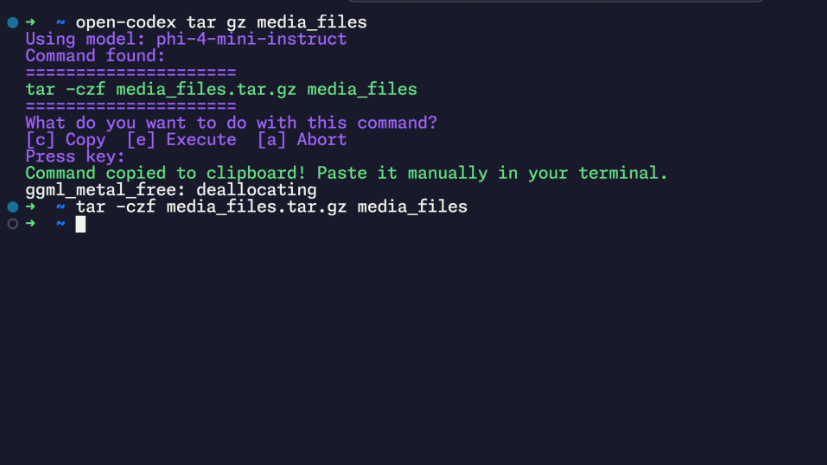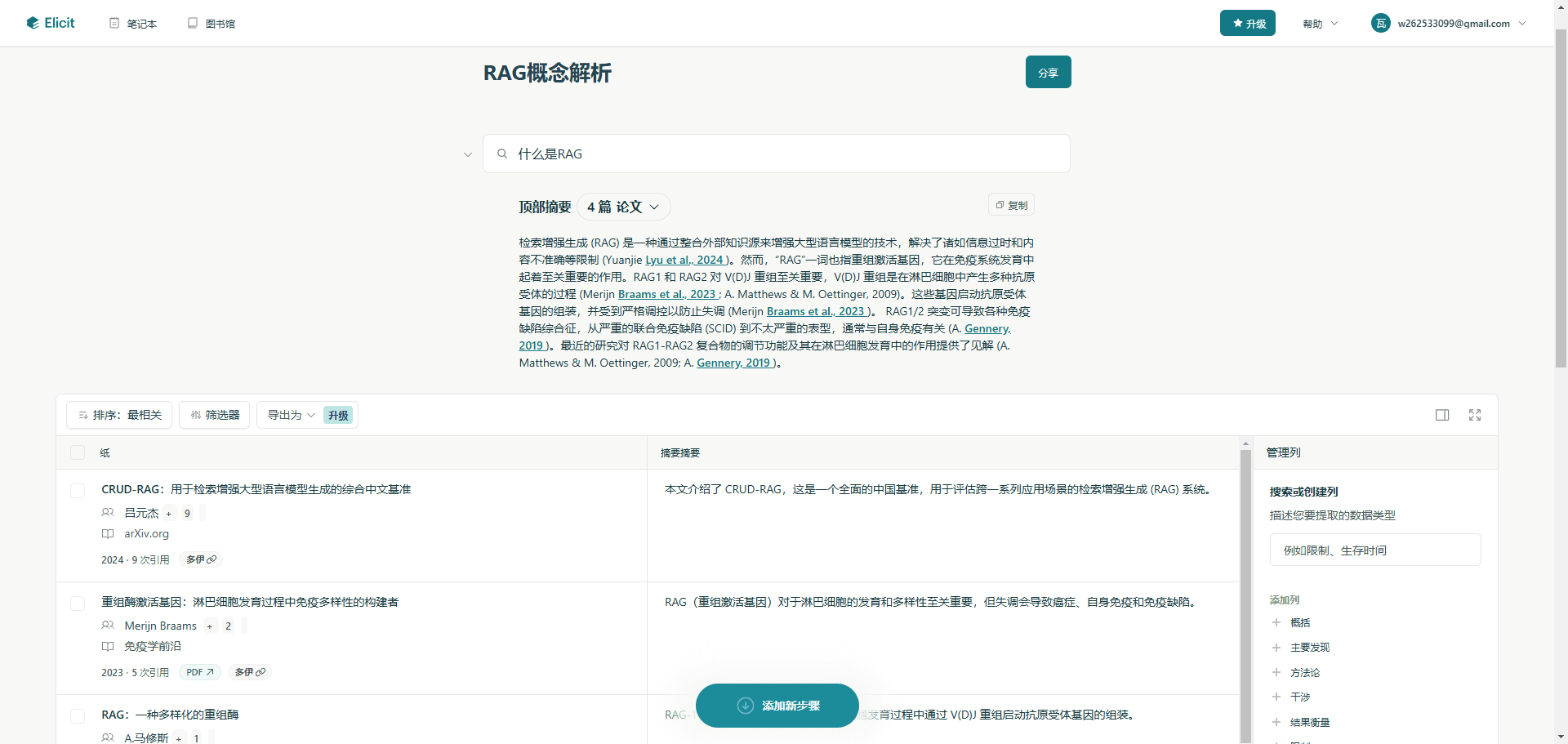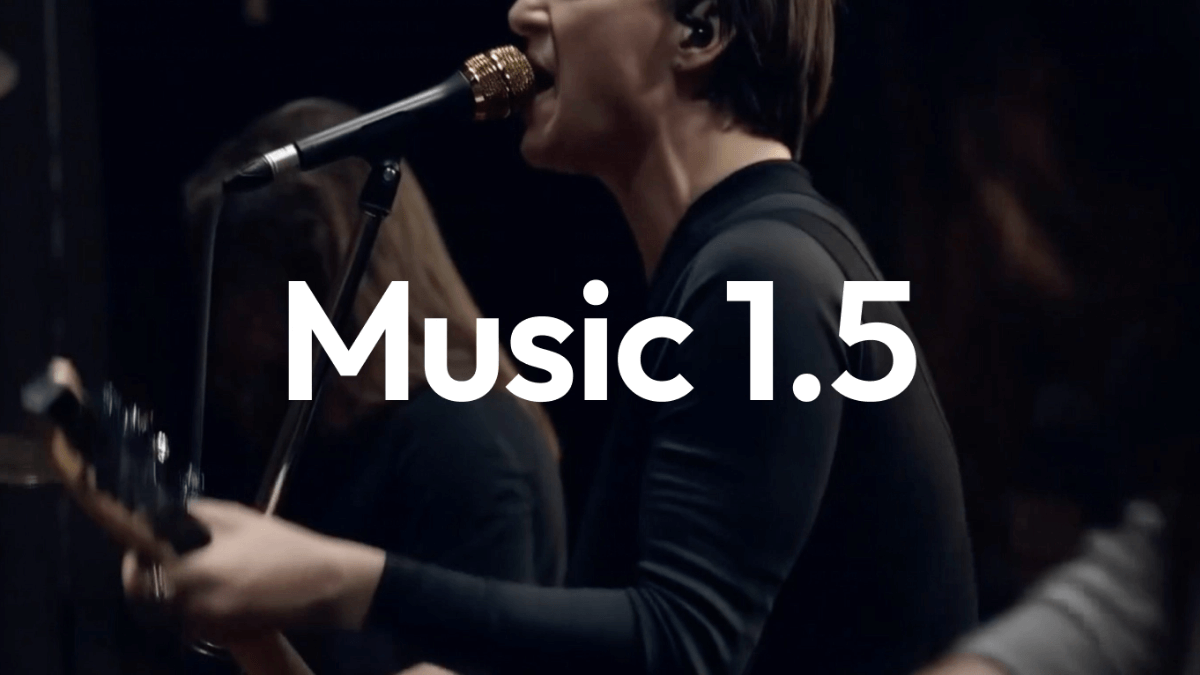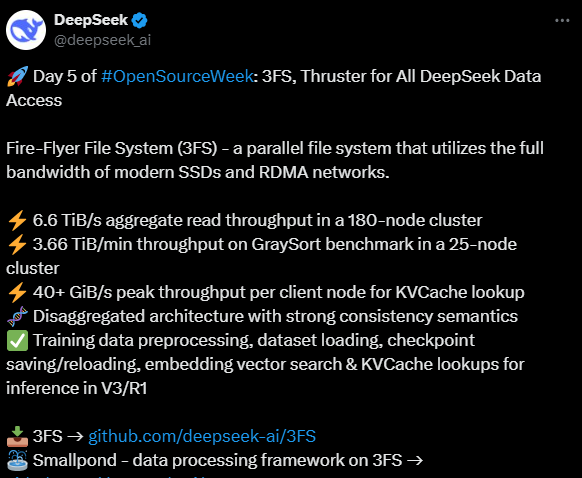SAIL-VL2 - ByteHop's open source multimodal visual language model
What is SAIL-VL2?
SAIL-VL2 is an open source multimodal visual language model by the Byte Jump team, focusing on joint modeling of multimodal inputs such as images and text. Adopting the sparse mixture of experts (MoE) architecture and progressive training strategy, it achieves high performance at parameter scales from 2B to 8B, especially in tasks such as graphic understanding and mathematical reasoning. Innovations include data quality control, arbitrary resolution visual coder design, and a post-training optimization process. The open source version has been released on GitHub for education, document processing, and other fields.
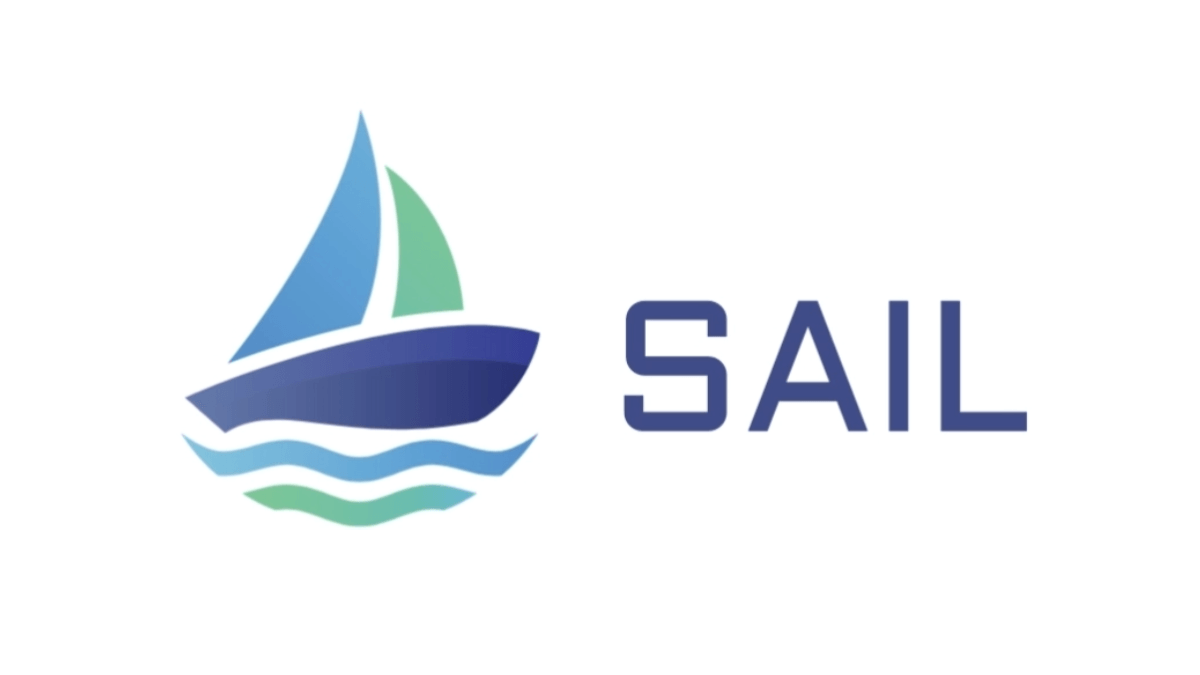
Functional features of SAIL-VL2
- Powerful multimodal understanding: The ability to simultaneously process multiple modal data such as images and text, accurately understand visual content and generate corresponding linguistic descriptions or answer questions.
- Efficient Data Processing and Training Framework: Optimized data processing pipelines and progressive training methods are used to efficiently process large-scale multimodal data and significantly improve training efficiency and model performance.
- Mixed Expertise (MoE) Architecture: Breaking through the limitations of traditional intensive models, the MoE architecture enables efficient computation and large-scale parameter scaling to improve the scalability and efficiency of models.
- Flexible adapter design: Seamless interface between visual information and language models through visual-linguistic adapters to support fast adaptation of multiple multimodal tasks.
- Excellent reasoning and generative skills: performs well in multimodal reasoning tasks and is capable of complex logical reasoning and content generation, such as image description and visual quizzing.
- Open Source and Scalability: As an open source model, it provides flexible extension and customization capabilities to facilitate secondary development and application by researchers and developers.
- Wide range of applicability: It supports a variety of multimodal tasks, such as image description, video comprehension, intelligent search, etc., and is applicable to many fields, such as education, healthcare, and intelligent driving.
Core Benefits of SAIL-VL2
- Efficient Architecture Design: Adopting the Mixed Expert (MoE) architecture, it breaks through the limitations of traditional intensive modeling and achieves high performance with only some parameters activated, significantly improving computational efficiency and model scale scalability.
- Powerful multimodal capabilities: It can simultaneously process multiple modal data such as images and text, accurately understand visual content and generate corresponding linguistic descriptions or answer questions for a wide range of multimodal tasks.
- Optimized data processing: Optimize data quality and distribution through scoring and filtering strategies, cover multiple multimodal data types, ensure model performance in diverse tasks, and improve training efficiency.
- Progressive training framework: Starting from pre-training of visual coders, gradually transitioning to multimodal pre-training, and finally optimizing through a hybrid supervised fine-tuning (SFT) and reinforcement learning (RL) paradigm to systematically improve model performance.
- Excellent reasoning skills: It performs well in multimodal reasoning tasks and is capable of complex logical reasoning and content generation, such as image description and visual quizzing, for a wide range of real-world application scenarios.
What is SAIL-VL2's official website?
- Github repository:: https://github.com/BytedanceDouyinContent/SAIL-VL2
- Hugging Face Model Library:: https://huggingface.co/BytedanceDouyinContent
- arXiv Technical Paper:: https://arxiv.org/pdf/2509.14033
People for whom SAIL-VL2 is indicated
- Artificial intelligence researchers: Researchers working in the fields of multimodal learning, computer vision, and natural language processing can use SAIL-VL2 for model improvement, algorithm optimization, and new task exploration.
- Developers & Engineers: Engineers working on AI application development who can develop multimodal applications based on SAIL-VL2, such as image description generation, visual question and answer systems, intelligent search, etc.
- data scientist: Data scientists who need to process and analyze multimodal data can use SAIL-VL2 for data mining, feature extraction and model training to improve the efficiency and accuracy of data analysis.
- content creatorThe SAIL-VL2 can be used by advertising designers, video creators, copywriters and others to generate creative content such as image descriptions, video scripts, copywriting aids and more.
- educator: In education, teachers can use SAIL-VL2 to supplement their teaching by generating instructional materials, explaining complex concepts, or creating interactive learning content.
- Medical Industry Practitioners: Doctors and researchers can use SAIL-VL2 to analyze medical images, assist in diagnosis, generate preliminary diagnostic reports, and improve work efficiency and diagnostic accuracy.
© Copyright notes
Article copyright AI Sharing Circle All, please do not reproduce without permission.
Related posts

No comments...

